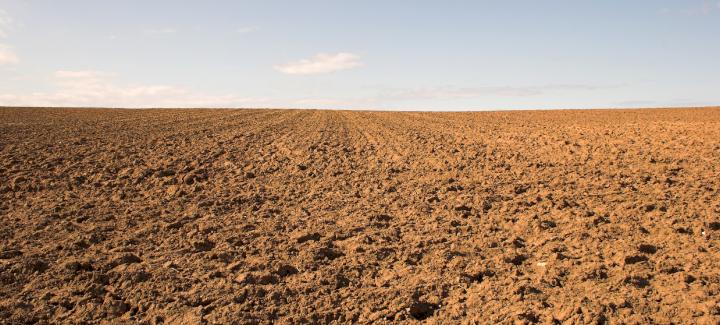By now, growers should have a pretty solid plan in place for their fields, including what crop will go where and the specific products and populations to plant. This plan should also include an established baseline for soil nutrients — how much you need and where you need it. If you haven’t mapped out your soil fertility goals yet, there’s still time, but it needs to start with soil sampling. Here are a few tips for establishing optimal soil conditions.
Establish a Baseline
Your corn and soybean seed is more than a means to an end, but products alone will not yield the results you desire unless proper management practices are in place. I recommend growers work with their local Stine agronomist or extension specialist to determine the necessary nutrients for their selected corn hybrids and soybean varieties. Establish a baseline for each field based on those recommendations so that when you do take the soil sample, you’ll be able to determine which nutrients you need to add or if you need to add any at all.
Note Significant Changes from Season to Season
Your fields have a past, and as a grower, you should be responsible for journaling their history — the successes, the struggles, the quirks and everything in between, even soil fertility. Knowing the history of a field’s soil fertility and how it changes from season to season is equally as important as tracking the crops you’ve rotated in and out of the field. Some years, you may not have the time to soil sample, but if you’ve been diligent in taking notes each season, they should give you a good idea of where you need to start for soil fertility.
Keep it Consistent
How often should you take soil samples? Consistently. I recommend yearly soil samples. If that’s not an option, every other year or third year can be considered, depending on crop rotation. It’s especially important to check soil before each rotation of a corn crop and to be consistent when you take your samples. Take them at the same time each year (e.g., pre-planting or post-harvest) for the most accurate and consistent results.
Also, how you take the samples matters. Map out where you plan to take the soil samples each year. From there, we typically recommend that growers use a zig-zag or grid pattern for testing, and take 10 to 15 cores per samples for every 2.5 acres. For no-till, we recommend taking a sample at three to four inches. For tilled soil, samples should be taken at six to eight inches.
Know What the Soil Sample Information Means
A regular soil sample is able to test for available nutrients and soil pH. Nutrients such as phosphorus, potassium, magnesium and calcium can be detected in a normal soil sample test. Having too little of these nutrients can inhibit the growth and vitality of the plants, whereas having too much could be harmful to your crop. It’s also important to remember that certain crops use up more P and K than others, which can significantly impact yield the next season.
A normal soil sample also helps detect pH levels, which indicates the level of acid to alkaline in the soil and availability of each for crop production. If pH levels fall short, liming may be recommended. Your local extension office should be able to provide more localized recommendations for these levels.
You can also request other soil sample tests. Certain soil samples can detect nitrogen, soil salinity, organic carbon, insects (such as soybean cyst nematodes), aluminum and micronutrient levels. It’s important to note that sample measurements may vary for these additional tests, so it’s best practice to consult with your local extension office prior to sampling.

